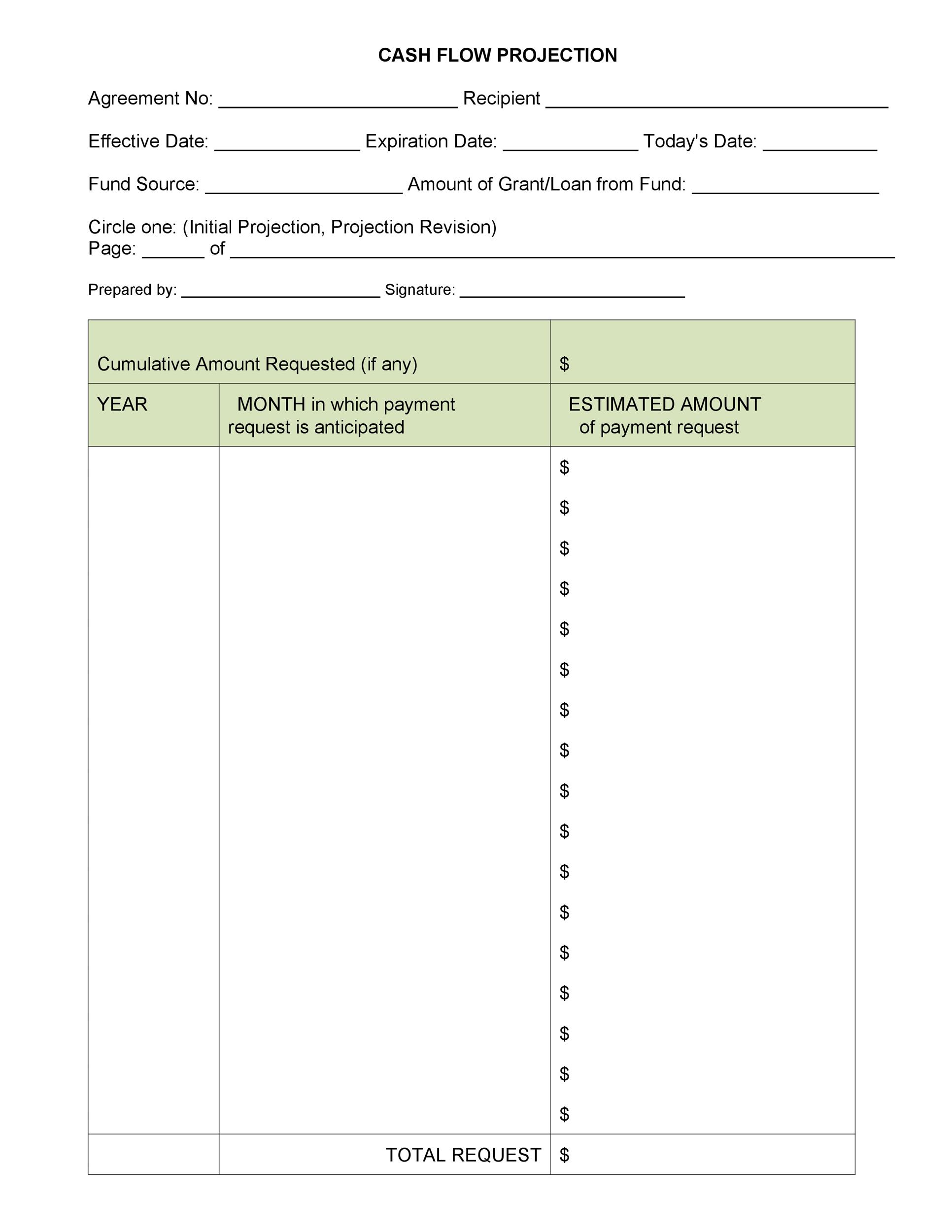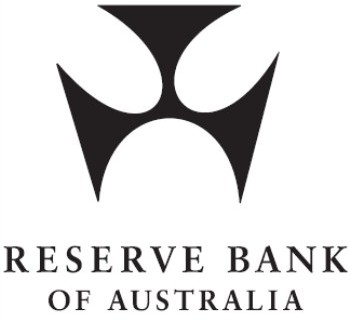Contents
Has sold enterprises worth Rs. 30,000 crores to the private sector. Increasing the equity limit for foreign investment was important to let foreign investors invest more in domestic companies. One of the main objectives was to reduce customs duties and tariffs. This was done in order to ease the importing and exporting of goods. Fewer taxes meant that companies could import materials or products at cheaper rates.
Economic liberalization is usually described because the stress-free of government regulations in a rustic to permit for personal sector firms to operate enterprise transactions with fewer restrictions. With reference to creating countries, this term denotes to opening of their economic borders to multinationals and international investment. It created numerous jobs and enabled a technological revolution in the country. The IT industry, banking, stock markets, and telecom sector reaped the benefits of this reform.

This helps the government to focus its efforts on other important things. Privatization was done primarily to reduce the control of the government over several industries. However, the pandemic has massive unemployment in the informal sector and poverty is increasing after decades of decline.
Subsequently, the government gave more managerial and operational autonomy by declaring them as Navaratnas, Minratnas etc. However, the privatization of public sector enterprises could not take place on the desired lines, and probably this is one of the failures of the Government’s New Economic Policy of 1991. DisinvestmentDisinvestment and Privatization are two different terms in a technical sense, though both involve the sale of the Government’s share in the Public Sector Undertakings.
The attempt here is to create a borderless world in which goods, services, and people move seamlessly across borders. This has been achieved using the latest technologies that enable people to connect with each other from parts of the world. Globalization is the last step that is made possible by the implementation of liberalization and privatization. It includes opening the boundaries for multinational companies to start manufacturing and retailing in the country. It also allows domestic companies to grow and reach international levels in terms of business. By the flip of the twenty first century, India had progressed in direction of a free-market economy, with a considerable discount in state management of the economy and elevated monetary liberalisation.
Self-determination of minorities in light of globalization
Devaluation of the Indian rupee against foreign currencies increased the supply of foreign exchange into the Indian economy. Many production areas which earlier were reserved for SSI (small-scale industries) were de-reserved. Forces of the market were allowed to determine the allocation of resources . The reform policies introduced and after 1991 removed many of theserestrictions. Industrial licensing was abolished for almost all but product categories — alcohol, cigarettes, hazardous chemicals industrial explosives, electronics, aerospace and drugs, and pharmaceuticals. The government has reduced and eliminated many duties and taxes on the import and export of goods for the promotion of free trade.
Fortunately, there was a man capable of pulling off something big. Dr. Manmohan Singh was the finance minister at the time and was hence entrusted with the huge task of economic revival. Emergency funding was the first requirement to deal with depleting reserves.
- Stock Market Appreciation – Increasing number of investors and foreign capital led to the growth of the stock market.
- The liberalization aims to liberalize commerce and business and trade from the clutches of controls and difficulties.
- This causes some states or cities to grow faster than other cities.
Its opponents have blamed it for increased inequality and economic degradation. Earlier, the companies were all state-owned as the leaders at that time thought of India as a socialist country, working for social welfare. State-owned entities used to provide products at very affordable rates, keeping in mind the overall poor economic status of the people at that time. The government-controlled the prices and regulated everything.
Liberalisation, Privatisation, and Globalisation – UPSC
Monopoly – Having major private players is risky as they have the funds required to acquire competing firms. Privatization of Operations – This type of privatization includes the transfer of managerial and operational responsibilities of PSUs to private firms. In this case, the firms use government assets to generate revenue. This kind of privatization can be seen in sports leagues that make use of government-owned stadiums. India foreign trade policy is again suspecting trade liberalisation, as India has already decided to opt-out of the 16-nation Regional Comprehensive Economic Partnership trade deal. A huge public sector emerged, allowing state-owned enterprises to incur record losses without being shut down.

Another major advantage of the liberalization period has been the shift in the pattern of exports from traditional items such as clothes, tea and spices to automobiles, steel, IT. The “made in India” brand, which did not evoke any sort of loyalty has now become a brand name by itself and is now recognised around the world for its quality. The reforms have transformed the education sector with a huge talent group of qualified specialists which are available to share their knowledge and competence. Previously Public sector was given the importance with a view to help in industralisation and removal of poverty.
What is the role of liberalization?
Liberalization, Privatization, and Globalization were part of the stabilization measures undertaken by the government under the New Economic Policy. There were some measures in 1990 in areas of industrial licensing, export import policy, technology up gradation, fiscal policy and foreign investment, but they were not sufficient. India after independence put barriers on foreign trade and investments as it was felt that it was necessary to protect the producers within the country from foreign competition. It was felt that imports would not have allowed these industries to come up. The cumulative effect was that our economy started slipping into stagnation, and by the end of June 1991, we landed into an unprecedented economic crisis.

Several reforms were brought in insurance, money and capital markets, etc. Liberalisation was introduced to end up the trade restrictions and open up various sectors of economy. At one stage, there was not sufficient foreign exchange to pay the interest that needs to be paid to international lenders. The only industries which arenow reserved for the public sector are defense equipment, atomic energy generation, and railway transport. Some goods could be produced only in small-scale industries and controls on price fixation and distribution of selected industrial products.
–Privatisation refers to the transfer of ownership, control, and management of public sector enterprises to the private sector. Simply speaking, privatisation means permitting the private sector to set up industries which were previously reserved for the public sector. Literally speaking, privatisation is the process of involving the private sector-in the ownership of Public Sector Units (PSU’s).
Need for liberalization, privatization, and globalization
The states or cities that have the infrastructure that is developed in order to enable ease of trade usually reap the most benefits arising from increased trade. This causes some states or cities to grow faster than other cities. It also results in migration as people move from underdeveloped states to look for better opportunities in these states. The Government kept the economy closed from the rest of the world, and this disconnected India from the global economy.
–Globalisation is a process driven by international trade which leads to interaction between companies, people, and the governments of different nations. –This refers to the de-licensing and deregulation of the economic activities of a country by relaxing previously imposed restrictions. Liberalization refers to the relaxation of restrictions imposed by a government on its existing social and economic policies. When it comes to discussing the impacts of liberalization, it is crucial to look at both the positive and negative ramifications on our country’s economy. To boost the private sector’s participation in the development of India’s economy.
The standard of living has become higher in the era of globalization due to an increase in income and opportunities for a larger section of people in the society. Companies hire regular services from external sources mostly from other countries. The services are mainly backend computers related such as BPOs, KPOs. Outsourcing occurs when a company retains another business to perform some of its work activities. These companies are usually located in foreign countries with lower labour costs and a less strict regulatory environment.
There is lack of transparency in private sector and stakeholders do not get the complete information about the functionality of the enterprise . Privatization has provided the excessive support to the corruption and illegitimate ways of accomplishments of licenses and business deals amongst the government and private bidders. Lobbying and corruption are the common issues tarnishing the practical applicability of privatization . Privatization insists on the government to concentrate on the area such as education administration and infrastructure and to give up the responsibility of looking after business and running industries. It is expected to strengthen the capital market by following appropriate trade policies. In the agricultural, there is also unequal growth, as it is a field that has been left high and dry in the chase of agricultural reforms.
It is said that, Industrial plans and insurance policies and their revival has very important function for the financial growth of any nation. Industrial coverage is described as a press release which explains the role of presidency in industrial growth. The place of the private and non-private sectors in industrialisation of the country.
This crisis rendered the country incapable of paying for its essential imports and servicing its debt payments. The term liberalisation denotes removing restrictions from certain private individual features of liberalisation activity, typically pertaining to the economic system. Commonly, liberalisation is used in the context of a government relaxing its previously imposed restrictions on economic or social policies.
The situation was so alarming that our reserves of foreign exchange almost dried up and were barely enough to pay for two weeks’ imports. Economic liberalisation refers to a situation where inessential restrictions and https://1investing.in/ controls are removed from a country’s economy to ensure that businesses and enterprises can maximise their contribution. It is, however, important to note that liberalisation does not mean an uncontrolled economy.
